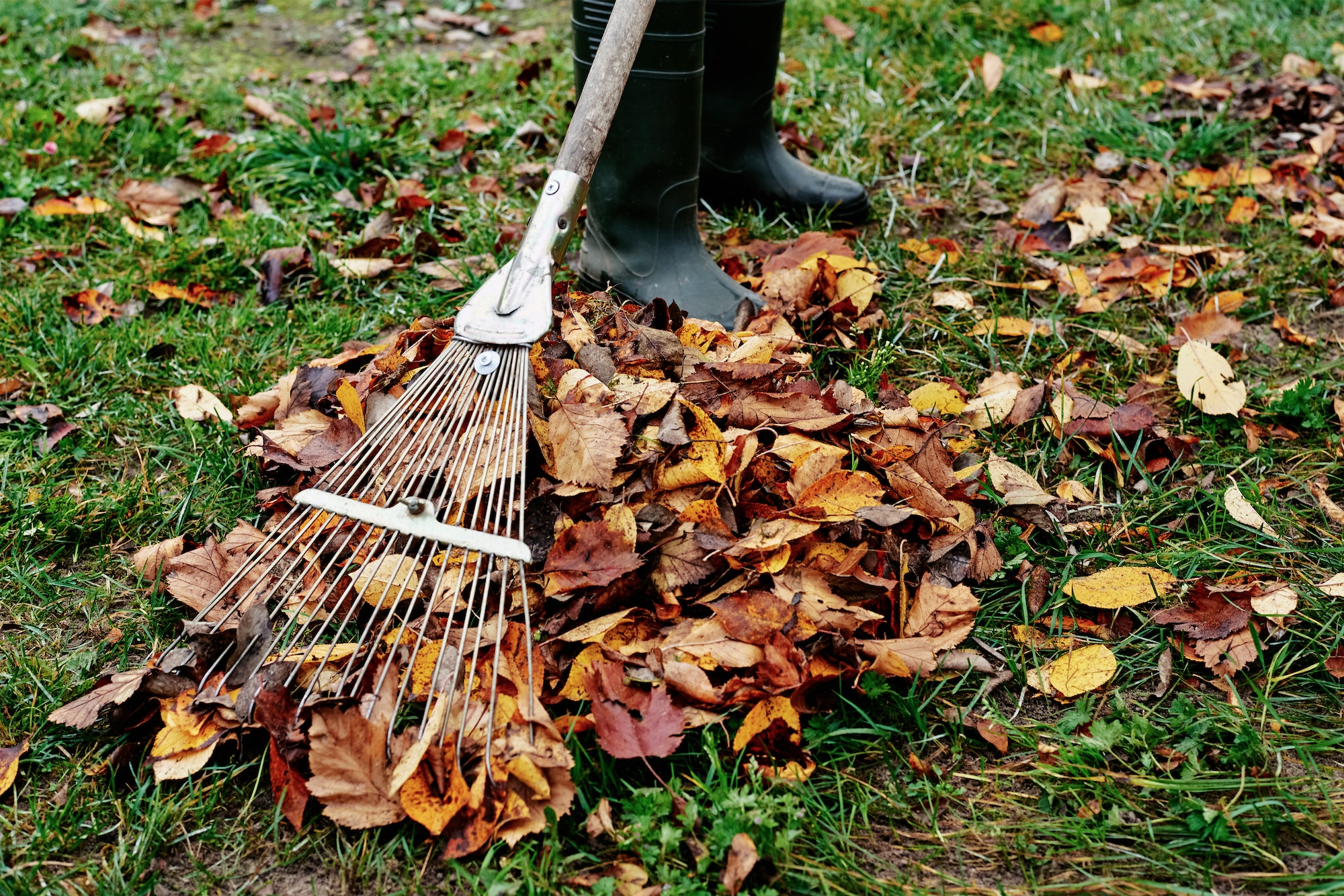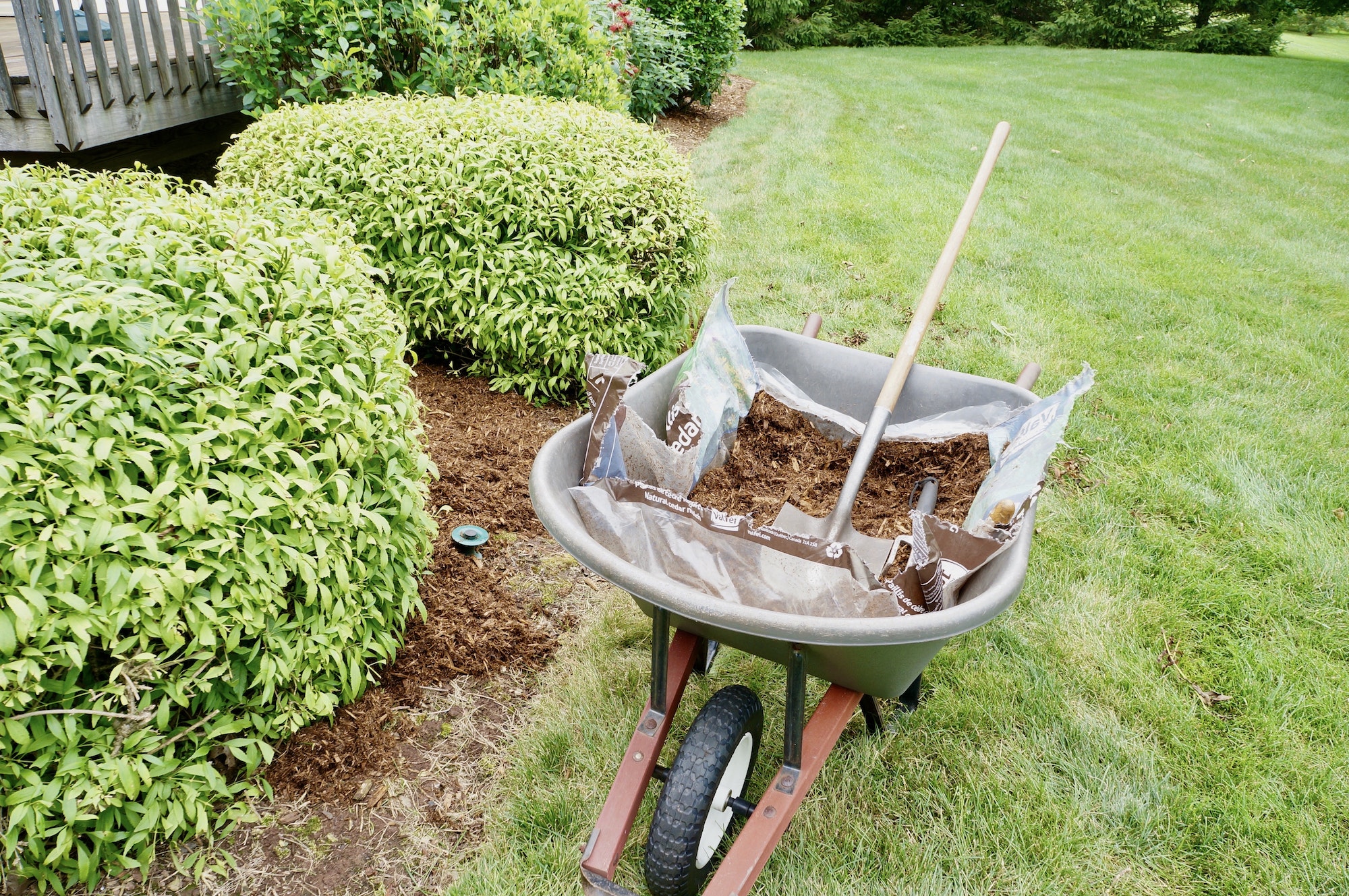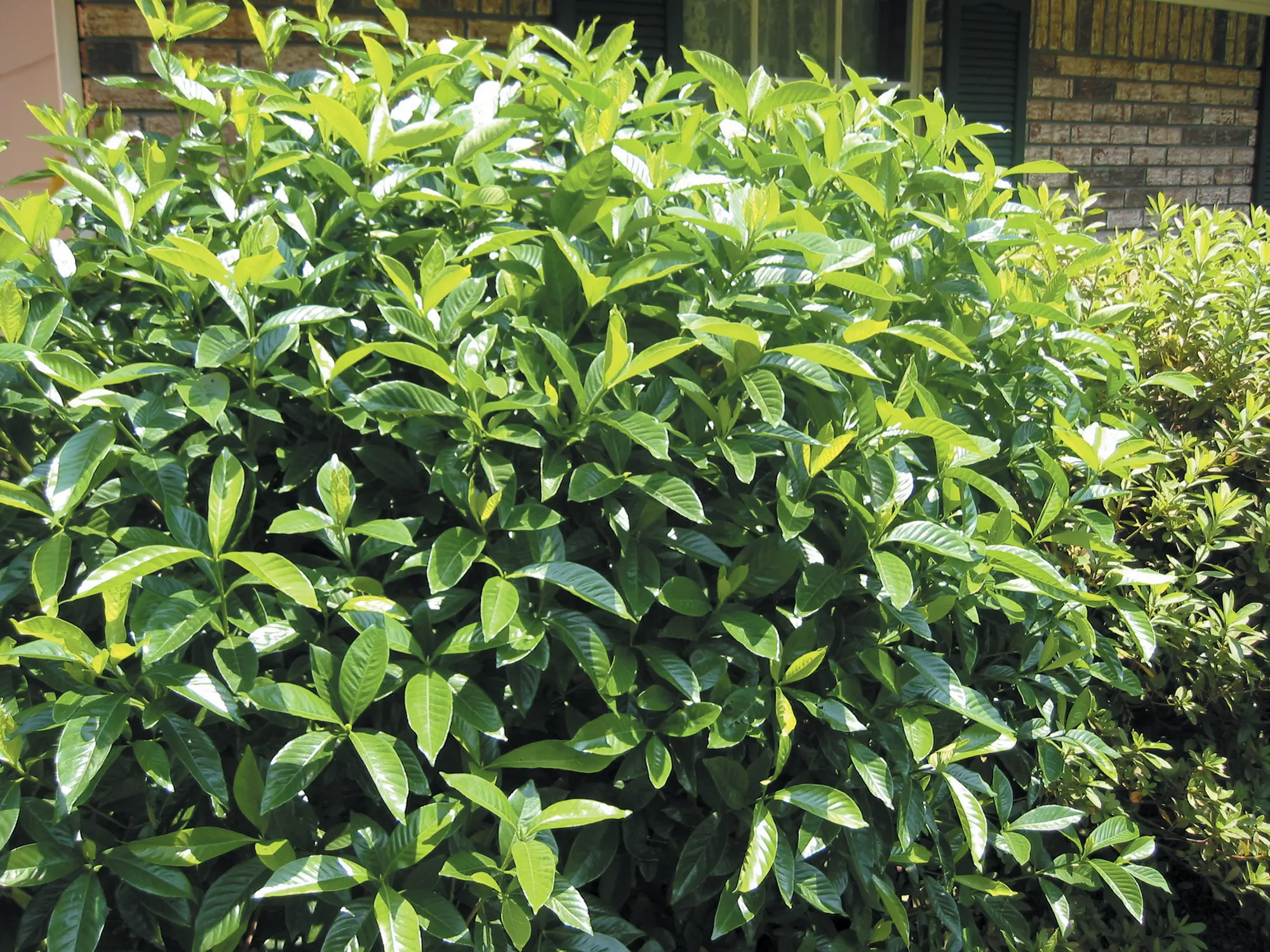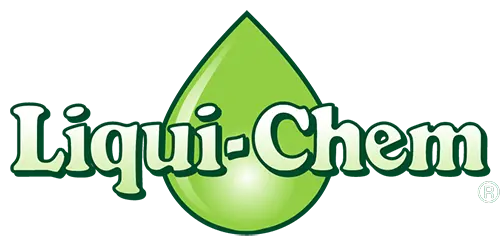Cultural Practices
Grass Cutting Height
Frequency of Mowing
Collecting Clippings
Sharpening of Mower
Water
Correct Watering Procedures
Power Raking and Dethatching
Partners In Lawn Care

Liqui-Chem and our customers are partners in the effort to produce a beautiful lawn we can both be proud of. While we at Liqui-Chem do our part by applying the right materials at the right times, you too must do your part to guarantee a lawn you can be completely satisfied with. Scroll down for tips on how to keep your lawn picture-perfect.
Doing Your Part

Mowing
Proper mowing is singularly the most important thing that you can do to improve the quality and health of your lawn. Knowing when to mow and how high to mow

Watering
Proper watering is the second most important thing you can do to help your lawn look good. We want you to water in such a manner as to strengthen and deepen

Leaf Removal
Leaving leaves on the lawn over the Winter is bad for the lawn. They can smother the lawn and increase disease activity. You can remove these leaves by mowing and

Thatch Management
Thatch is a layer of under-composed stems, roots, leaves, and debris that accumulate between the above-ground stems (stolons) and the soil. This layer can compress and is called a mat

Core Aeration
In the watering section, we discussed the benefits of allowing air to be present in the soil. Without air in the soil, the grass cannot take up water even if

Mulching Shrubs
Placing mulch around your shrubs is very important. Mulch is applied to: provide even moisture for your plants; protect plants from heat and cold stress; help control weeds; and beautify

Pruning Shrubs
Pruning becomes necessary as shrubs mature to maintain the original landscape effect desired by planting the shrubs. Pruning is almost always successful in Late Winter, however, it is important to
Mowing
Generally speaking, you should never remove more than 1/3 of the leaf blade. In order to do this you must mow frequently enough to keep from removing too much. You cannot mow too frequently, however, you can wait too long. For the most part during the cooler months, less than every other week is sufficient. During the growing season usually once per week is good. If you mow every other week during the growing season you are going to cause a thatch build up which will eventually kill the lawn. In the winter excessive thatch will smother the lawn.
Normally mulching is best because leaving clippings does not produce thatch. It is best to bag your clippings if you are leaving piles of grass because you waited too long to mow. Mulched clippings also return valuable nutrients and organic matter back to the soil.
The type of mower is generally not a factor unless you have hybrid grasses such as hybrid Bermuda grass and hybrid Zoysiagrass. In this case, a reel-type mower is necessary because it does a better job on these lower-growing grasses. Also, lower-growing grasses require increased mowing frequency. Unless you like to mow it is best to stay away from these lower-growing hybrid grasses. Rotary mowers do a very good job on most lawn grasses.
When mowing your lawn it is a good idea to mow your lawn in different directions each time you mow. This will make your lawn appear more evenly mowed and will reduce rutting caused by riding mowers following the same path each time.
We recommend that you mow Centipede grass at 1 1/2” to 2”, and St. Augustine grass at 2” to 2 1/2”. If you have a combination of both as many lawns do, simply mow at 2”. Common Bermuda grass should be mowed 1” to 1 1/2” high. Once you select a mowing height stay with it all season long. Do not gradually raise your heights as the season progresses because this will increase thatch. Remember after the first Frost or after your lawn turns brown in Winter lower your mower one notch and remove brown leaf blades of grass.
Bagging will be necessary as you do this because you will be getting a whole lot of brown grass blades and thatch out of your lawn. Leaving the grass short over Winter will decrease problems with Winter Kill, and diseases, and will help your lawn turn green faster in Spring.
After you have completed this one-time short mowing raise the mower back up to your normal season-long-cutting height. In the case your lawn greens up and turns brown again with a late killing frost in the Spring, simply repeat this procedure.
Remember: On Stoloniferous grasses such as Centipede grass and St. Augustine grass the depth of the roots is more related to the length of the stolons rather than to the height of the grass. You can actually increase the quality and depth of your root system by adhering to proper mowing heights and frequency of mowing.
Watering
It is best to go along and not water during most of the drought because letting the soil dry out will bring air back into the soil which will help stop the root rot caused by the stagnation of excess wetness.
Field capacity is when the soil is completely saturated with water and no air is present. If your lawn stays wet too long the soil will stagnate driving out all of the air. As your soil dries out air will be brought back into the soil. Remember, lawns cannot take up water unless air is present in the soil. Stagnated soils kill the lawn. Flooded areas will also kill the lawn from stagnation and blocking the light which stops the lawn’s ability to manufacture food.
If the ground moisture stays high too long the roots will become shallow and surface oriented. The lower roots rot and die. Sometimes droughts occur immediately after this has occurred and causes the lawns to die by shock. It is best to gradually allow your lawn to dry out. Excessive heat combined with saturated soils can cause steaming so it is best to not water in the middle of the day, during the heat of the Summer. Morning watering is always best. This will allow your lawn to dry out before nightfall.
It is best to not water in the evening because this will leave your lawn with still (not moving) water on the leaf blades which can contribute to disease formation.
In the Summer when the lawn turns brown, you can water in one spot all night long. This moving water will not allow infection to develop because of the cleansing effect of the movement. You only want to do this to break the drought. Then you go back to regular morning watering.
When you water it is better to water deeply in a given area and not too frequently. Light frequent waterings cause shallow surface oriented roots which is not healthy. Allow your lawn to dry between waterings to increase the depth and health of your root system.
Normally watering one to two hours in one spot is best. Do this only during dry periods and depending on how hot and dry it is you may want to do it once or twice each week.
If disease activity is present do not water because most diseases require water to survive. If you have St.Augustine grass be sure to pay attention to your watering because it is so prone to disease.
If you have an irrigation system leave it off in the Winter. During the heat of the summer, you can turn it back on and water for about 20-30 minutes 2 or 3 times per week. Please do not water every day.
Leaf Removal
Thatch Management
There are two ways to get rid of Thatch. First is to not allow it to develop and second to remove it. Following proper mowing procedures will help keep it from occurring. This is discussed further in the mowing section. To remove Thatch we recommend that you do this only when the lawn is brown in the Winter. First: Lower mower one notch lower and bag clippings. This will remove brown leaf blades and undecomposed plant debris. You have to bag it because if you don’t it just goes right back to form more Thatch and mat. Second: Rake hard with a regular leaf rake and remove litter. Some mowers have “Tine Rake” attachments which flick out Thatch which is then bagged by the mower. Third: Core Aerate the lawn. This process removes cores of soil and deposits them on top of the ground. By allowing more air movement remaining Thatch is decomposed aerobically. Core Aeration also improves drainage, increases root depth, and relieves soil compaction. Core Aeration helps to modify Thatch by adding soil to the Thatch layer. This allows soil bacteria to aid in the breakdown of the Thatch layer. We offer this service in the Late Fall.
Never power dethatch your lawn with hook blade attachments or power dethatchers such as vertical mowers. These can only be used on rhizome-forming turf grasses such as Bermuda-grass, and Zoysiagrass. It can also be used on clump-type seeded grasses like K-31 Fescue. Centipede grass and St.Augustine grass do not form Rhizomes (below-ground stems) and form only Stolons (above-ground stems). Using power dethatchers set too low can remove not only the Thatch but also the lawn itself.
Core Aeration
This process improves fertilizer uptake, increases drainage, improves rooting, reduces soil compaction, increases thatch breakdown, and improves drought tolerance.
We found that Core Aeration can also break the pre-emergence barriers and increase weed problems. For this reason, we will be offering Core Aeration between the Fall and Winter pre-emergence applications only. We recommend Core Aeration at this time because it will not interfere with weed control and it will help in the thatch management process. This is an additional service we offer.
Mulching Shrubs
Mulching materials such as shredded oak bark, pine bark nuggets, pine straw, and leaves work well. We do not recommend grass clippings. This green litter will act more like fresh compost than mulch. Fresh compost will generate heat during the transformation process and older compost is very much like soil. You can smother roots by adding more than 2 inches of soil under your shrubs.
Before applying mulch you can lay down a mesh cloth that will aid in weed control. We do not recommend black plastic because it will eliminate the soil’s ability to breathe. Remember air in the soil must be present for plants to utilize moisture.
Pruning Shrubs
If you are pruning to control size it is best to remove 1/3 of the limbs each year for three years to reach the appropriate height. In this process simply cut back only the long limbs leaving the shorter ones. This process is called selective pruning and is always the best method to promote plant health.
Shearing shrubs to maintain a ball shape is never recommended because this process reduces the size of flowers, and causes the leaves to only be found in the outer inches of the ball. The limbs are barren on the inside and air circulation is reduced. This encourages insect and disease development. Also, the lower parts of the ball are shaded out causing an umbrella effect.
We don’t recommend shearing, however, if you do your plants will be healthier if you do not box or ball when you shear. If you must shear we prefer that you leave your shrubs upside down “V” shaped on top rather than flat and sloping out “Christmas tree style” on the lower parts. This process will help your shrubs maintain fullness down to the ground. The ever-remaining problem with shearing is the shrubs tend to lose limbs and this leaves you with gaping holes in the shrub on the outside.
Again, in selective pruning, you can maintain your plant’s size and help your shrubs to have a more natural appearance. Remember it is risky to the life of your shrubs to prune too deeply when you are trying to drastically reduce the size of overgrown shrubs. If you are doing drastic pruning please do it in Late Winter just before the sap rises in the Spring. This is the time when survival is best for larger shrubs.
Some shrubs have inherent disease problems. The Rose family is the worst for this including Red Tips and Indian Hawthorn. If you are pruning these shrubs it is best to clean your pruners between plants to help reduce spreading systemic diseases throughout the row. Washing with soap and water or dipping in rubbing alcohol should be sufficient to sanitize the pruning equipment.

